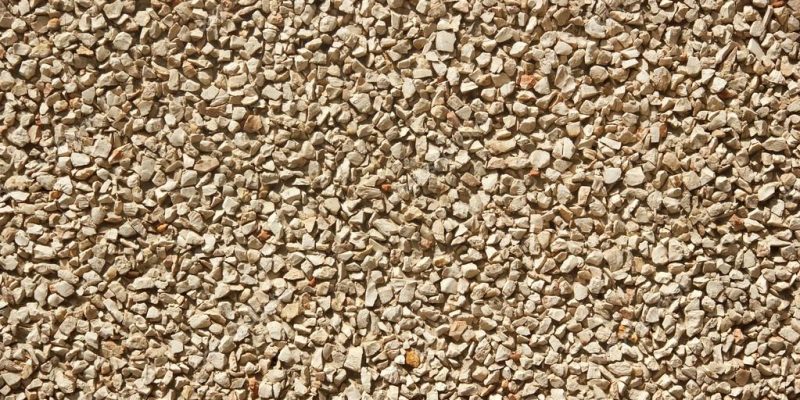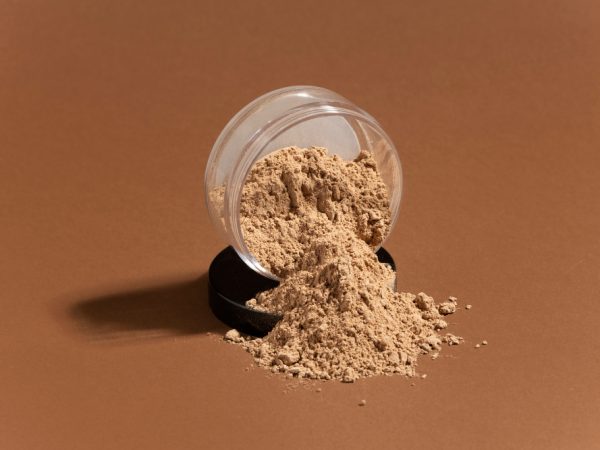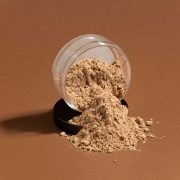Fine Grain: Definition, Importance, and Applications in Different Industries

The term fine grain is used across multiple fields, including materials science, photography, woodworking, and even food processing. It generally refers to a structure or texture composed of small, fine particles or components.
But what exactly does fine grain mean, and why is it important? This article explores the definition, significance, and applications of fine grain in different industries such as metallurgy, imaging, agriculture, and construction.
What is Fine Grain? (Definition & Meaning)
Fine Grain Definition
Fine grain refers to a material or substance composed of small, fine particles or structural units. It is often used to describe textures, compositions, or processing techniques that result in a smooth, refined, and detailed structure.
Key Characteristics of Fine Grain:
- Small particle size – Finer grains lead to smoother surfaces.
Higher detail resolution – Common in photography and imaging.
Greater strength and durability – Used in metals and construction materials.
Enhanced aesthetics and texture – Seen in woodworking, textiles, and food processing.
Fine grain plays a crucial role in manufacturing, design, and scientific applications, influencing material properties, strength, and overall performance.
Importance of Fine Grain in Different Industries
Fine Grain in Metallurgy & Materials Science
- In metals and alloys, a fine grain structure improves mechanical properties like strength, toughness, and fatigue resistance.
- Fine-grained metals (e.g., fine-grained steel) are more ductile, harder, and resistant to cracking compared to coarse-grained metals.
- Achieved through controlled cooling and heat treatments.
Example: Aircraft components and automotive parts require fine-grained metals for durability and safety.
Fine Grain in Photography & Film
- In traditional film photography, fine grain means higher image clarity and less visual noise.
- Fine-grain films, like Kodak T-Max or Ilford Delta, provide sharp details and smooth textures.
- Digital cameras simulate fine grain effects using high-resolution sensors and noise reduction techniques.
Example: Professional photographers prefer fine-grain films for detailed portraits and landscapes.
Fine Grain in Agriculture & Food Processing
- Refers to small, uniform grains in food products such as flour, rice, sugar, and cereals.
- Fine-grained flour results in softer bread, cakes, and pastries.
- Grain milling processes refine food textures for better taste and digestibility.
Example: Bakers prefer fine-grain flour for smooth dough consistency and high-quality baked goods.
Fine Grain in Construction & Engineering
- In concrete and cement, fine grains ensure better compaction, strength, and workability.
- Fine-grained sand and gravel improve mortar smoothness and adhesion.
- Essential in tile finishing, masonry, and high-strength construction materials.
Example: Fine-grain concrete is used in high-rise buildings for durability and aesthetics.
Fine Grain in Woodworking & Textiles
- In wood and textiles, fine grain enhances appearance and smoothness.
- Fine-grained woods like maple and cherry are used for furniture, flooring, and musical instruments.
- Fine-thread fabrics create softer, high-quality clothing and upholstery.
Example: Luxury furniture makers prefer fine-grain wood for a polished, elegant finish.
Advantages of Fine Grain Structure in Materials
| Property | Fine Grain Structure | Coarse Grain Structure |
| Strength & Durability | High | Lower |
| Surface Smoothness | Smooth & refined | Rough |
| Flexibility & Ductility | Higher | Lower |
| Detail & Resolution | Clearer & sharper | Less defined |
| Wear Resistance | Better | Weaker |
Fine-grain materials generally offer better mechanical performance, aesthetic appeal, and versatility compared to coarse-grain materials.
How to Achieve Fine Grain in Different Fields
Metallurgy & Manufacturing
- Use controlled cooling and heat treatment to refine metal grains.
- Apply alloying techniques to modify grain structure.
Photography & Imaging
- Use fine-grain films or high-resolution digital sensors.
- Reduce ISO noise in digital cameras for smoother images.
Food Processing & Agriculture
- Optimize milling and grinding processes for uniform fine grains.
- Use quality control measures to maintain consistency in food textures.
Construction & Engineering
- Use high-grade fine sand, cement, and aggregates.
- Implement vibration techniques in concrete mixing to enhance compaction.
Woodworking & Textiles
- Choose fine-grained wood species for smooth finishes.
- Use high-thread-count fabrics for softness and durability.
By controlling grain size, industries can enhance material properties, improve aesthetics, and increase overall product quality.
Conclusion
Fine grain plays a crucial role in multiple industries, influencing strength, texture, appearance, and performance. Whether in metals, photography, food, construction, or textiles, achieving a fine grain structure enhances quality, durability, and efficiency.
By understanding the importance and applications of fine grain, businesses and manufacturers can improve product performance and customer satisfaction.
Would you like recommendations on fine-grain materials for your industry?
FAQs
1. What does fine grain mean in materials?
Fine grain refers to small, refined particles or structures in metals, wood, textiles, and other materials. It improves strength, durability, and surface smoothness.
2. Why is fine grain important in metallurgy?
Fine-grained metals are stronger, more ductile, and more resistant to cracking than coarse-grained metals. It enhances mechanical performance and durability.
3. How does fine grain affect photography?
In photography, fine-grain film produces sharp, detailed images with less noise, making it ideal for high-quality prints and professional photography.
4. What is fine grain in food processing?
Fine grain in food refers to small, uniform particles in products like flour, sugar, and grains, resulting in better texture and consistency.
5. How can fine grain be achieved in construction materials?
Using fine sand, cement, and controlled mixing techniques improves the strength, workability, and finish of concrete and masonry materials.
Also read: Charles Payne Subscription Cost: Everything You Need to Know











